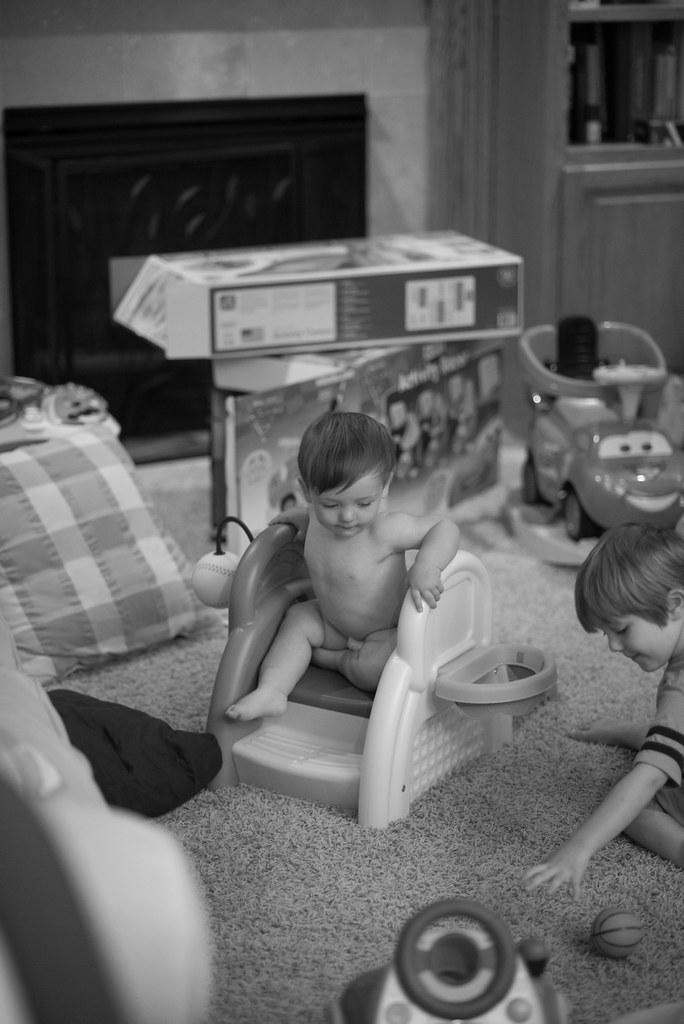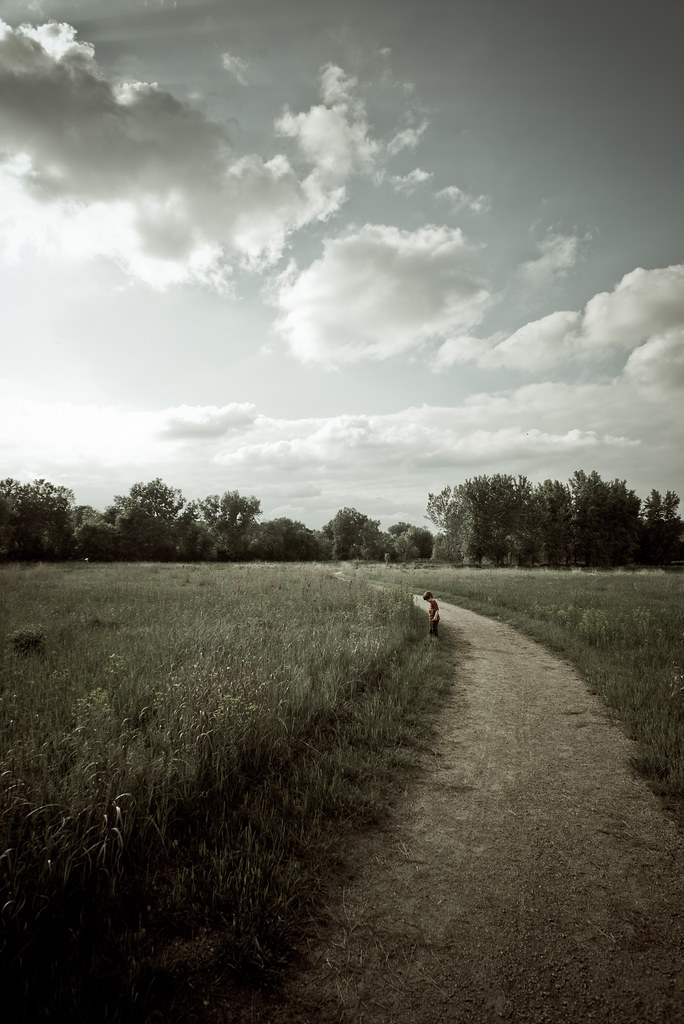 Originally posted by nomadkng
Originally posted by nomadkng 
... probably the reason "everyone" uses close in portraiture as an example is because it is a common shooting theme and one where the point is demonstrated clearly in a manner most would understand. it's not a lack of creativity, it's an attempt to convey a message using a theme understandable and common to the larger reading audience.
But it's a
constant example (one model eye out of focus,) and it's meant to demonstrate how too-little DOF is an ever-present danger and thus anything that can bring it is potentially a bad thing. *Or* it's used as an imagined goal for FF shooters - that all FF shooters want is to get 'one eye in focus.' It's a lazy narrative, a misleading example IMO.
 Quote:
Quote: and honestly what other scenarios does paper thin depth of field come into play? if you are shooting kids at Christmas in a dark room, you are using f1.whatever because you need a decent shutter speed, it's not creative control.
In most cases - I've tried to make this point before many times - you are not trying to get a certain DOF, you are
willing to accept the DOF you get to retain the noise advantage. Shots like this, where the DOF isn't the main 'star' of the shot, but does allow the subject to be slightly highlighted, to 'pop' a bit in the frame:
85mm f/1.8 @ f/1.8, 1/125s ISO 3600 
Just a b-day kid snap, but it just a slightly more special feel to it than it would if the boxes, etc in the background were slightly more defined. I notice these differences from my aps-c shooting, because I'm always using the same FOVs as I do there and trying to minimize noise - not because I'm trying for a certain DOF. But more often than not, the DOF I get is just a little more pleasing to me.
Here's an example where noise wasn't going to be an issue, but I did try to keep it open to float the subject a bit more:
50mm f/2.2 
My 35 1.8G on my D90 can give me a look like that, but would have had slightly more background definition wide-open while not being as sharp on the plane of focus wide-open as that 50 is at f/2.2.
Sometimes you just want people not to notice junk in the background, or notice it much less than the intended subject. Again, the 'pop' here is just effortless to obtain:
50mm @ f/1.8 
I think it makes a big difference if you like to or need to be shooting the f/2.8 zooms - you can get looks you can only get on aps-c (from the same distances and FOVs) when you;re shooting f/1.8 primes. In 'zoom' situations, like parties, weddings, etc, you don't necessarily want to be changing primes in the middle of activity. The larger format gives you some more DOF and noise control, while allowing you to stick with that f/2.8 zoom.
Tamron 28-75 2.8 @ 44mm f/2.8 
The above shot is at 44mm f2.8 - same FOV and DOF my 31ltd would give me wide-open on aps-c. The Tamron 28-75 becomes like a collection of f/1.8 primes from 18-50mm on aps-c. (& why the Sigma 18-35 1.8 is a godsend to some aps-c shooters.)
A 70-200 2.8 is like a 50-150 1.8 on aps-c. You just feel expanded in some significant ways during your shooting.
 Quote:
Quote: that's the most irritating thing about the whole "APS-C Sucks!" postings by the full frame fanatics.
Who are you referring to? In this thread alone I see several 'FF is a waste of time' advocates... they're always around.
 Quote:
Quote: Its a vocal minority who believe everyone should shoot the way they and everyone should cater to their needs.
Who's saying this to you?
 Quote:
Quote: ... I'm sure i'm not in the minority when I say i'm quite tired of being told I'm an inferior photographer because I shoot and may actually like the APS-C format.
I would be angry about that too! Tell me, who has called you an inferior photographer because you like aps-c? I'll go lay into 'em!

.


 Similar Threads
Similar Threads 























 Post #3 by Na Horuk
Post #3 by Na Horuk








